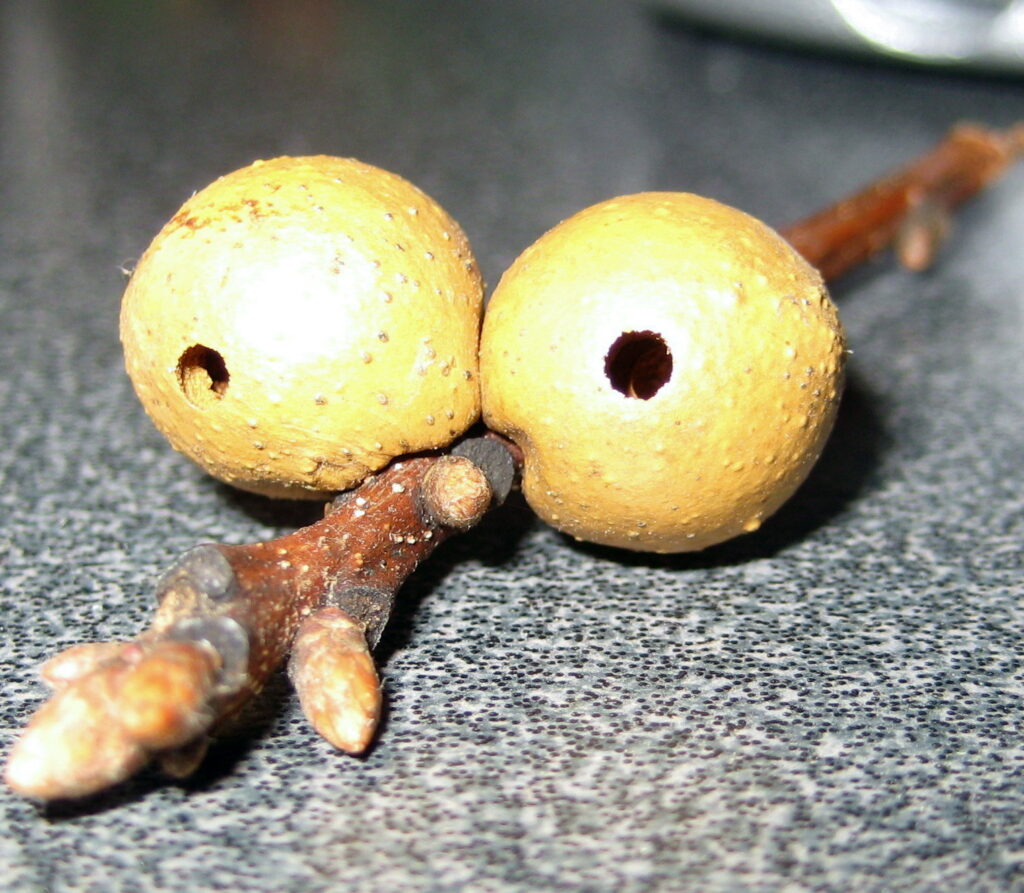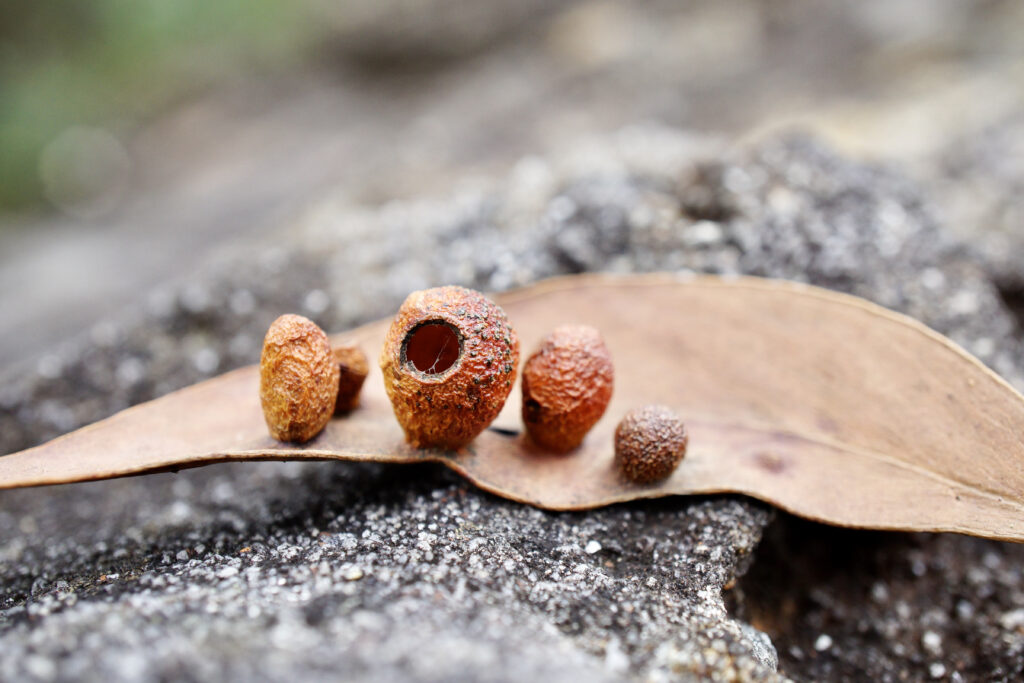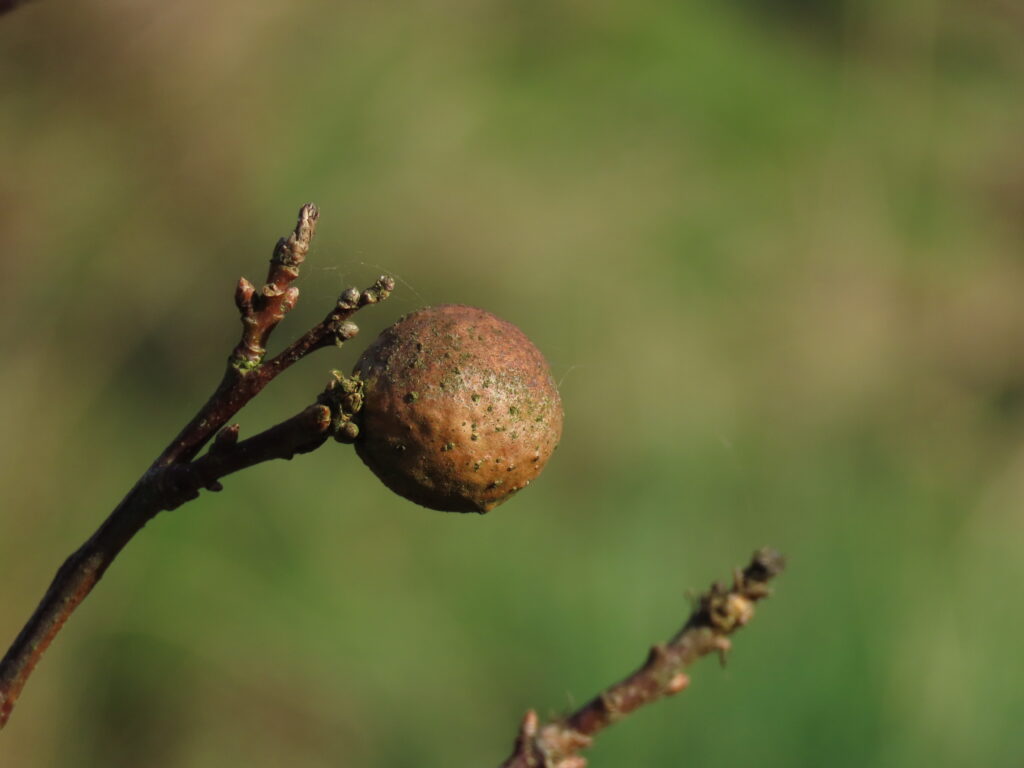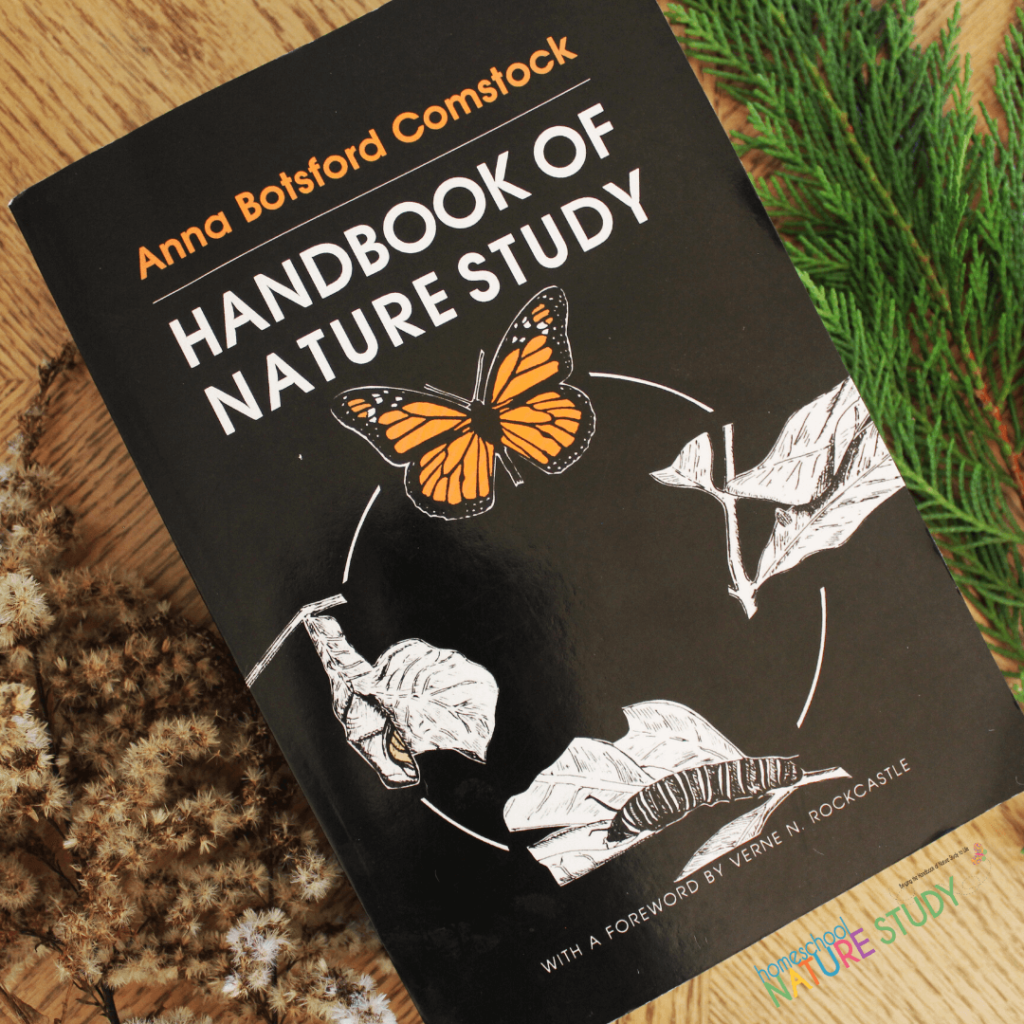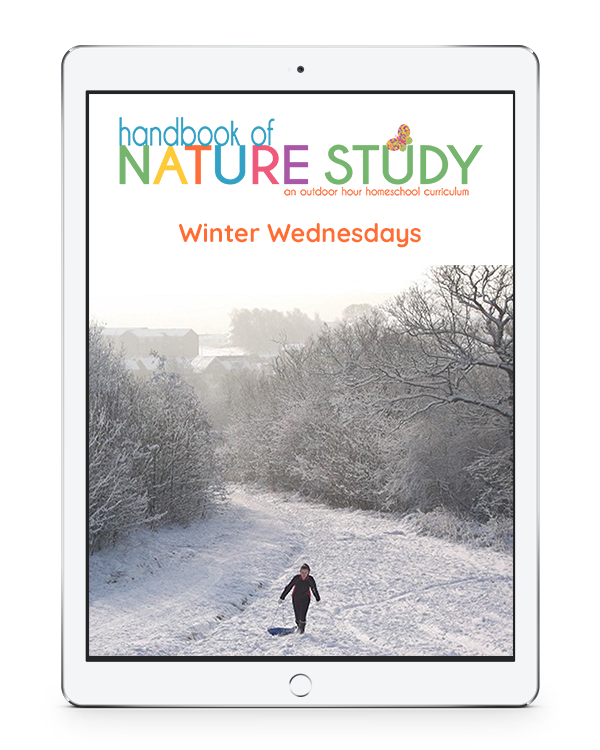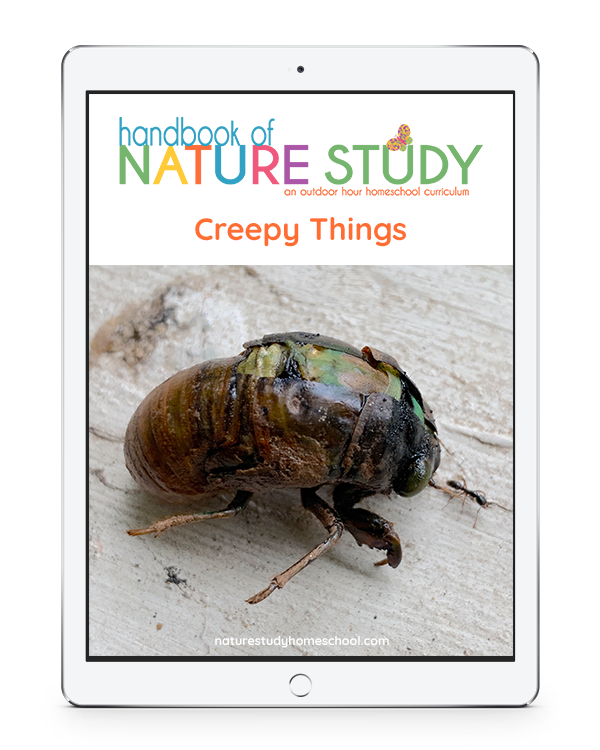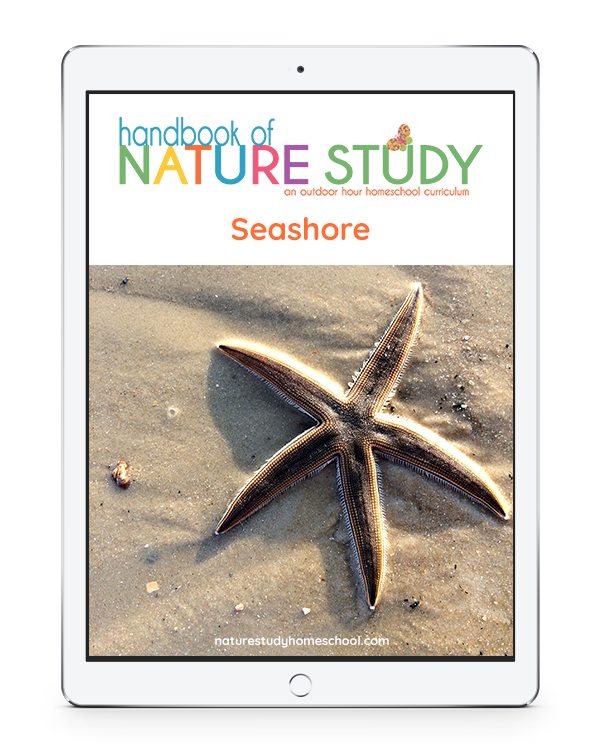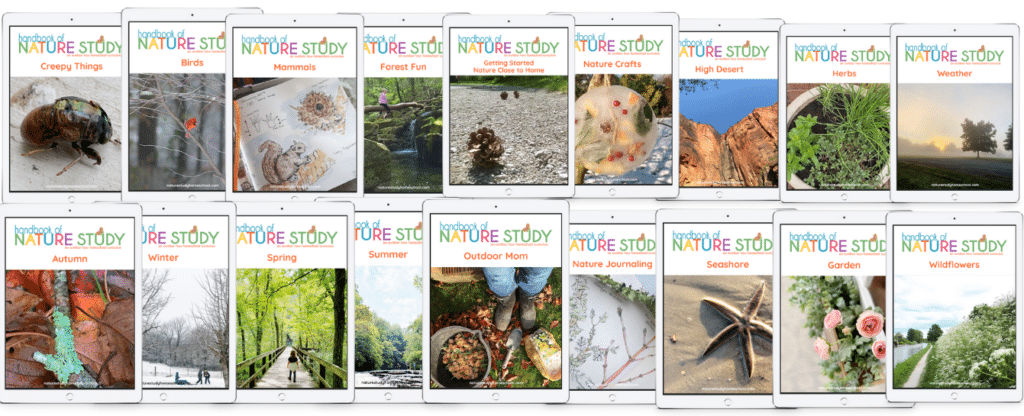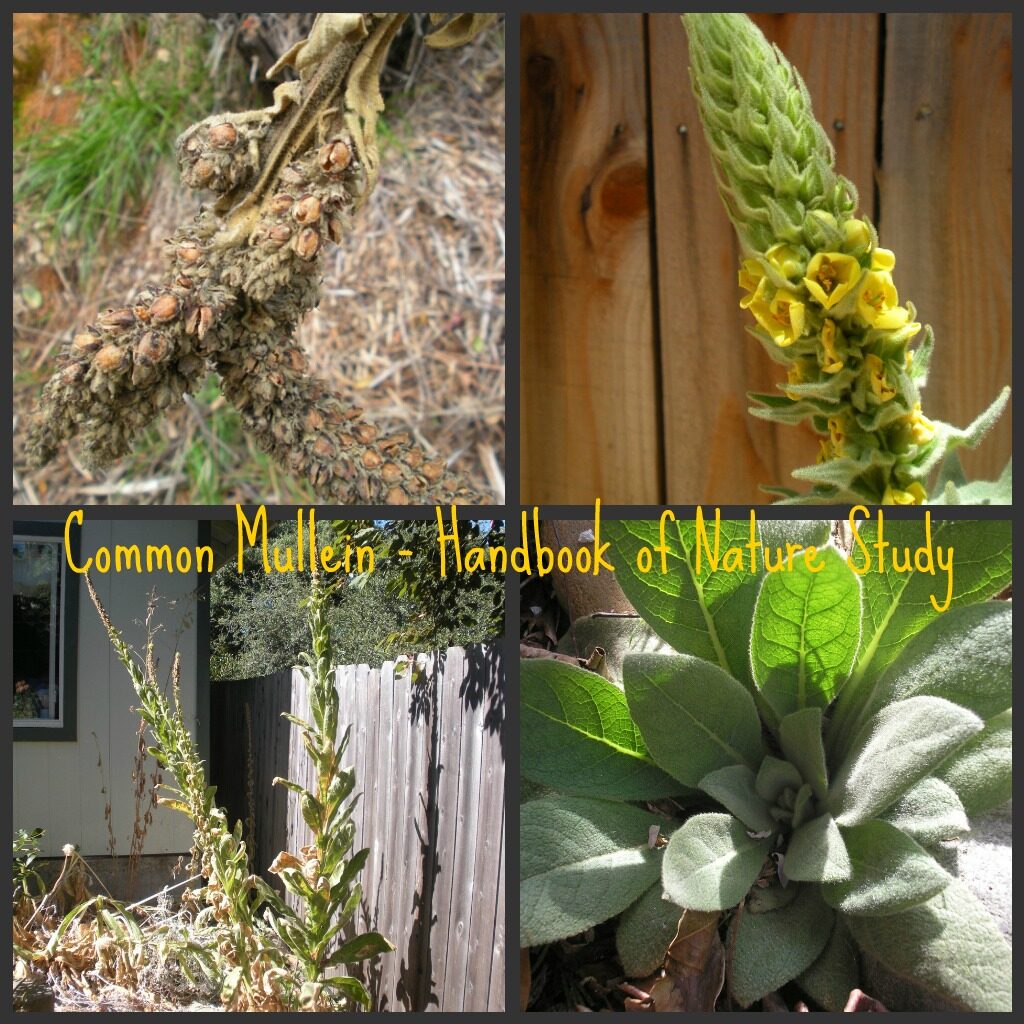I am going to combine two of the Outdoor Hour Challenge nature studies from the More Nature Study Book 2 series since we have been working on them over the last few weeks a little at a time. The topics have provided plenty to talk about during our walks and rambles around the neighborhood.
Moon Names and Magnets and Compass
The compass directions were easy to determine in our yard after years of observation of sunrises and sunsets. We decided to test our sense of direction as we walked our regular trails and found a map of our local area to use as a starting point.
I will readily admit that I have a terrible sense of direction and live in a family of men who seem to never lose their way. This was a good exercise for me in particular. We would walk to a certain point and then try to determine north and south. We had the small map of the area in our pocket and we would check the actual direction after we made our guesses. I am happy to report that I have gained some skill in determining direction. 🙂
The moon has also been a subject of discussion and observation since it has been visible in the afternoons as well as in the evenings. Tonight it is HUGE in the twilight sky and we even saw Jupiter and Venus while we out there looking (opposite parts of the sky). You can read about them here: This Week’s Sky at a Glance.
Mr. B and I decided on our choice of names for the March full moon (instead of the official Full Worm Moon).
- Radiant Moon (Mr. B’s choice)
- Manzanita Moon (my choice)
The manzanita trees are bursting out in bloom over the last week so I picked that as the full moon name. The blossoms are so delicate and pick and almost look like ornaments that someone has strung on the branches.
Here is a photo from a previous year with a close-up of the delicate pink blossoms.
Do you want to know something? Even though it pains me sometimes to have a challenge to complete each week….keeping myself accountable on the blog…..I realize that if we didn’t have a focus of some sort we would miss out on some really wonderful and insightful discussions and time outdoors together. Even when we just complete the preparation and then the outdoor time with no real follow-up we are gaining something extra from our Outdoor Hour. If nothing else, it gives me an activity to enjoy alongside my teenage son.
We have one more challenge to go in the More Nature Study Book 2 series – Pansies! I am really looking forward to this last study of the season and I am planning on a watercolor project for me and hopefully Mr. B will join me.
I almost forgot to mention that we acquired some rare earth magnets for a project my husband is working on in the shop. We highly recommend these for advanced magnet work and for some awesome fun too. The men are trying to make a magnetic motor…a motor that runs continuously on magnetic power. It keeps them out of trouble. 🙂


















